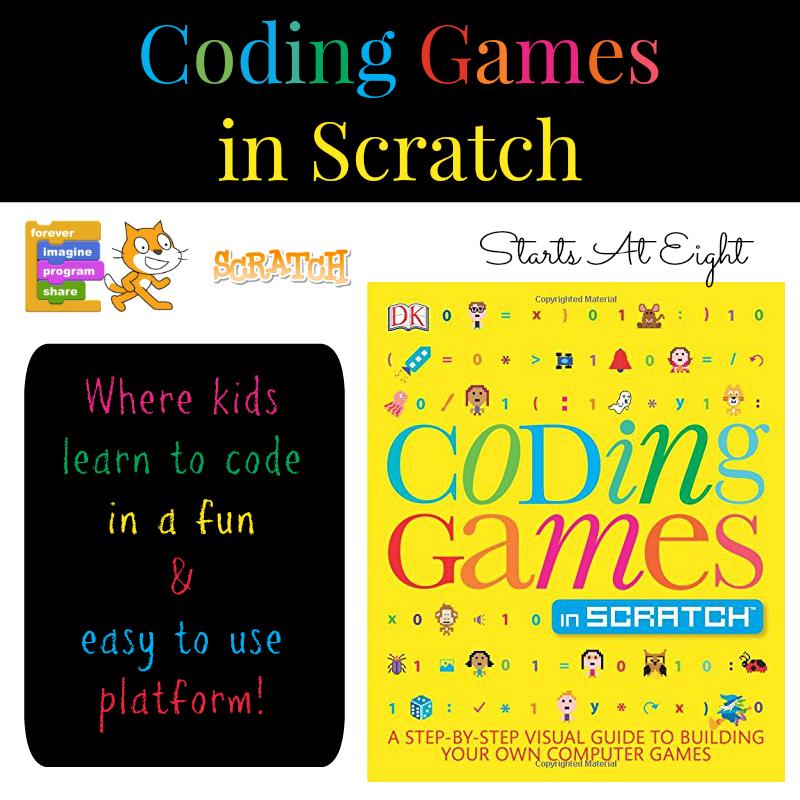
High School Students Are Learning Coding Through Games
Introduction
In an age where digital fluency is becoming as essential as literacy itself, high schools are embracing innovative methods to engage students in coding. One of the most captivating approaches is through the world of games-a realm that not only entertains but also educates. As students navigate virtual landscapes, solve intricate puzzles, and collaborate with peers, they are unwittingly mastering the fundamentals of coding. This article explores how gamified learning environments are transforming the way adolescents understand programming, fostering creativity, critical thinking, and technical skills. Join us as we delve into the intersection of play and pedagogy, uncovering how high school students are not just learning to code, but are also shaping the future of technology through engaging and interactive experiences.
Q&A
Q&A: High School Students Are Learning Coding Through Games
Q: What inspired the incorporation of gaming into coding education for high school students?
A: The inspiration came from the recognition that gaming is a powerful motivator for teens. By aligning coding lessons with game design and development, educators found a way to captivate students’ interests while teaching crucial programming skills.
Q: How does game-based learning enhance the coding experience for students?
A: Game-based learning adds an interactive dimension to coding that traditional teaching methods often lack. It fosters creativity, encourages problem-solving through gameplay challenges, and promotes collaboration among peers, making coding fun and engaging.
Q: Can you provide examples of games or platforms that are effectively teaching coding to high schoolers?
A: Absolutely! Platforms like Codecademy and Scratch are popular among educators. Games like “CodeCombat” and “Roblox Studio” let students build their own games while learning programming languages, turning the learning process into an adventure.
Q: What skills are high school students developing through this method?
A: Students are developing a variety of skills, including logical thinking, algorithmic reasoning, and creativity. They also enhance teamwork and communication skills by collaborating on projects, making coding a more holistic educational experience.
Q: Are there any challenges associated with teaching coding through games?
A: Yes, while engaging, game-based learning can lead to distractions. It’s crucial for teachers to strike a balance between fun and educational content. Additionally, not all students may find the same level of interest in gaming, requiring diverse teaching strategies.
Q: How do educators assess students’ learning outcomes in a game-based coding curriculum?
A: Educators often employ a mix of formative assessments like project presentations and reflective journaling, alongside game-related metrics like levels completed or challenges solved. This provides a well-rounded view of each student’s progress and understanding.
Q: What do students say about their experiences learning coding through games?
A: Feedback is overwhelmingly positive! Many students express that gaming makes learning more enjoyable and less intimidating. They appreciate the hands-on approach and often mention feeling more confident in their coding skills as a result.
Meet N1X Da Queen Of A-Pop
N1X Da Queen Of A-Pop Sign up And Enter Her World Streaming Exclusive Music From N1X And Da Super Group Da Queens
Only On N1XMusic.com

Q: What future developments do you foresee in coding education through gaming?
A: The future looks bright! As technology advances, we might see virtual reality (VR) and augmented reality (AR) being integrated into coding education. This could create immersive experiences that further enhance student engagement and understanding of complex coding concepts.
Q: How can parents support their children in this learning journey?
A: Parents can encourage their kids by showing enthusiasm for their projects, engaging with them about what they’re learning, and even exploring coding games together. Providing access to resources and celebrating their achievements can further enhance motivation.
Q: What final message would you like to convey about coding education through games?
A: Embracing game-based learning in coding education not only equips students with essential skills for the future but also transforms the learning process into an exciting journey. With the right balance of education and entertainment, students are empowered to innovate and create in an increasingly digital world.
The Way Forward
As we stand on the cusp of a new era in education, it’s clear that the integration of coding and gaming is not merely a trend but a transformative approach to learning. High school students are discovering that programming is not confined to dry textbooks; it can be an exciting adventure filled with challenges and creativity. By engaging with games, they are cultivating problem-solving skills, honing their analytical thinking, and igniting a passion for technology that could lead to future innovations.
As educators continue to explore this synergy between play and learning, the potential to inspire a generation of skilled coders-and perhaps even the next big tech visionary-grows exponentially. The classroom may be evolving, but one thing remains certain: the intersection of coding and gaming is a pathway to unlocking new possibilities, equipping students not only for their academic journeys but for the dynamic, tech-driven world that lies ahead. So, whether it’s building a virtual world or debugging a game, today’s learners are shaping tomorrow’s landscape-one code at a time.
Are you a content creator or someone with a big social media following?
Want to earn real cash promoting The Queen of A-POP?
Join the N1X Music Promoter Program — it’s as easy as:
1️⃣ Sign Up
2️⃣ Promote
3️⃣ Get Paid





No Comments